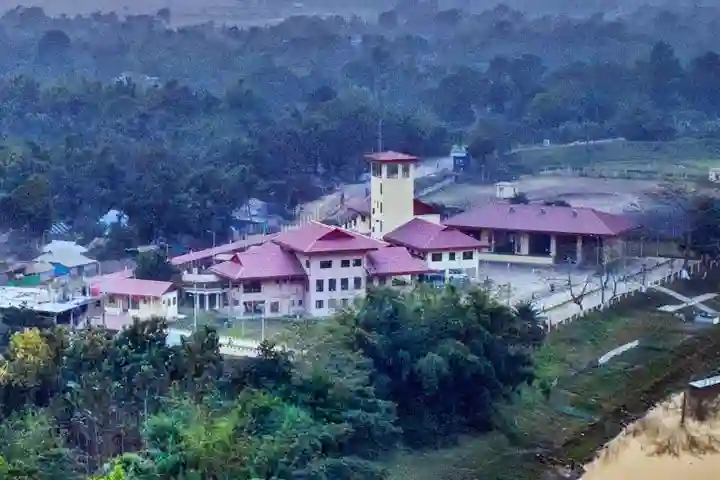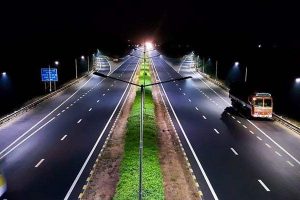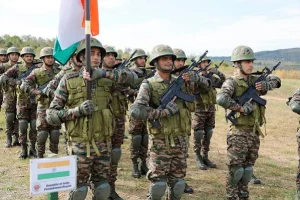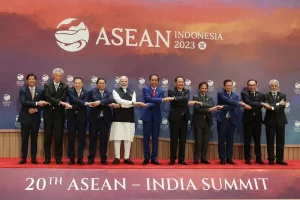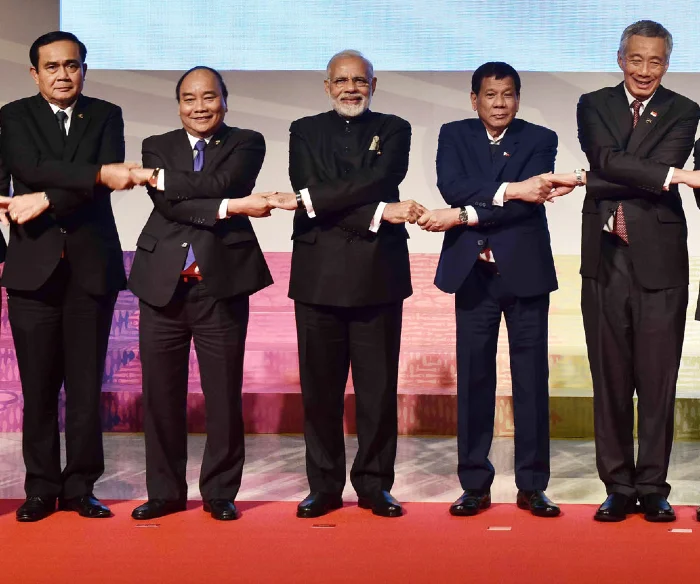“I am getting ready to travel from Guwahati to Dimapur in Nagaland. Earlier it used to be a gruelling seven hours of journey—bad roads and poor infrastructure—but today it barely takes four hours and the roads and highways are a breeze,” Jesmina Zeliang, Nagaland’s leading exporter of handicrafts and textile told India Narrative.
Zeliang travelled to Guwahati to meet Finance Minister Nirmala Sitharaman, who held a meeting with northeasten business captains on Thursday.
“We had a meeting with the finance minister and one of the issues raised was further improvement in welfare for women, the meeting gave us a chance to present our situation and the problems that need solution,” Zeliang said, adding that such interactions were fewer earlier.
The trilateral Asian highway which will connect India with Myanmar & Thailand is already under full swing construction and passes through from Imphal to Moreh making Manipur the centre of the next economic boom as New Delhi extends its partnerships with the ASEAN countries. pic.twitter.com/XtnogPXN1z
— BJP Manipur (@BJP4Manipur) December 23, 2021
Recently, Sitharaman proposed to launch another scheme — PM Development Initiative for North East to boost the growth in the region. That apart, plans are on to cover and develop the villages as well.
As the BJP regained power in Manipur, the party has strengthened its hold over the northeastern states. Either the BJP on its own has formed the governments in these states or with allies. Why? Infrastructure development, improved connectivity and successful delivery of social welfare schemes without corruption are the main reasons for the success of the BJP, people hailing from the northeastern states said.
Also read: Bangladesh will bridge India's northeast with the Indo-Pacific
“The northeast for years did not receive the kind of attention it deserves. However, the situation is changing now with the Act East policy,” Ashish Nath Professor, Department of Economics, Tripura University said, adding that several infrastructure projects are already underway in the northeastern states.
In the last five years, the Centre’s expenditures towards development of roads and highways have gone up from Rs 2,093.90 crore to Rs 3,374.50 crore in 2020-2021. Besides this, the state governments have also earmarked a significant amount of funds for infrastructure development.

Construction of over 1,819 km of roads has already been completed in the last two years.
Besides, the government has been making special efforts to link the northeast with the 10-nation ASEAN powerhouse under the rubric of the Act East policy. As a result, Assam and Tripura are gateways to Bangladesh, while Manipur and Mizoram provide a physical outreach to Myanmar. The Asian trilateral highway will also link the northeast not only to Myanmar, but also to Thailand, providing an opening to eventually reach Da Nang in Vietmam.
“The geographical location of the northeast is very critical as the states in this region share international borders and with the BJP’s Act East policy the region is developing rapidly,” Nath said.
The Centre is also planning to develop international airports in the northeastern states, which has 14 airports at present. Last year, the Pakyong Airport in Sikkim and Rupsi Airport in Assam too became operational.
Not just that.
Zeliang also said that businesses in the north-eastern states have been receiving regular government assistance during these critical months under the Scheme of Fund for Regeneration of Traditional Industries (SFURTI) under the ministry of micro small and medium enterprises.
“Support through SFRUTI has given the much-needed fillip to the businesses in the state and other neighbouring areas. Though for us, the assistance under SFURTI had been initiated just prior to the Covid outbreak, there was no disruption during the peak of the pandemic,” she said, adding that the economic development in the region has been a steady affair.
The Australian Institute of International Affairs in a study noted that although the states of Northeast India are small—physically, numerically and economically—they are increasingly gaining a significant strategic value. “With ASEAN engagement becoming a central pillar of India’s foreign policy direction, these states play an important role as the physical bridge between India and Southeast Asia,” it said.






